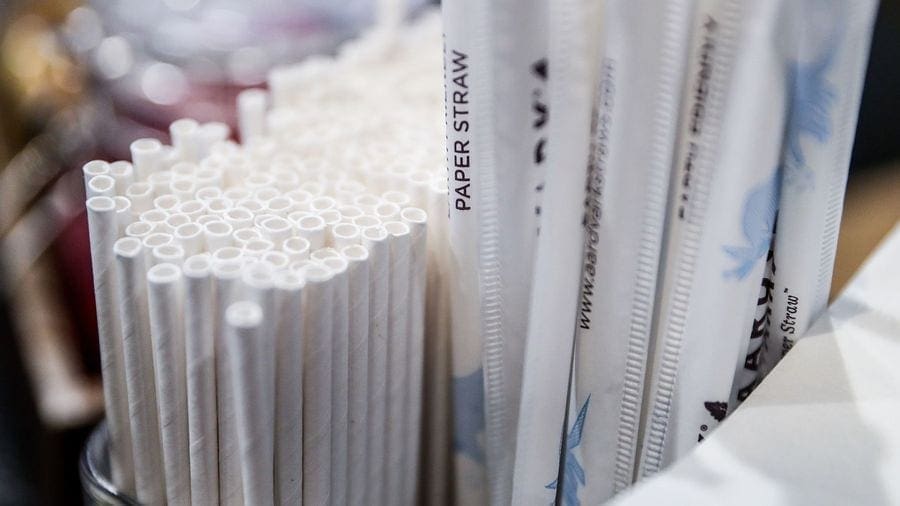ITALY – Global pasta consumption is on the rise from the positive trends in global pasta sales which rose 0.6% in 2017 attributable to increased awareness on healthy diets and wellness, according to data from the Nielsen Co.
Based on a report by the International Pasta Organization (IPO), this trend is expected to continue influenced by changing consumer attitudes coupled with a sustainable approach to eating.
According to data from IPO, the most dynamic growth markets are in Asia (up 8.6%) and Africa (up 2.6%) but pasta trends also are positive in Europe.
Per capita pasta consumption in France is at 8.1 kg, Germany’s stands at 7.7kg while British eat less pasta (3.5 kg per capita) though according to the Department for Environment, Food and Rural Affairs (DEFRA), this shows pasta consumption in Britain has almost tripled since 1974.
Based on data from the National Pasta Association, the United States is the largest pasta market, with 2.7 million tons of pasta consumed.
While the average American consumes nearly 9 kg of pasta annually, Italians are reported to be the by far the heaviest pasta consumers, with a per capita consumption of 23.5 kg, 1.4 million tons in total.
Italy is followed by Tunisia (17 kg), Venezuela (12 kg), Greece (11.1 kg), Chile (9.4 kg) with Argentina, Turkey and Iran all around 8.7 to 8.5 kg per capita.
Brazil being the third largest pasta market worldwide has a per capita consumption rate of 5.8 kg per year.
IPO said demand for pasta could by consumers be driven by the fact that it is a plant-based food with extremely low environmental impact while manufacturers are attracted to it being energy dense, easy to store and distribute.
To address the global shift consumer consumption behaviour, manufacturers are also exploring innovations in the sector to offer products such as organic, whole wheat and gluten-free pastas.
“Consumers are rediscovering the modern benefits of traditional pasta,” said Paolo Barilla, president of the IPO.
“Pasta is increasingly appreciated and valued around the world as the center of a delicious meal with good nutrition. It is also accessible, respectful of the planet, and brings people together joyfully.”
In a new study by the Italian Association of Sweet and Pasta Producers (AIDEPI), Italy exports 56% of the pasta it produces, to around 200 countries, with almost three quarters (71%) of exports destined for European countries.
The study shows total volume of pasta exports is estimated at around two million tonnes and Germany, France and the UK are the leading markets, consuming around US$1.16 million worth of pasta each year.
Though Italy remains the leading pasta producer, generating 3.36 million tonnes per year, emergence of rivals especially from countries such as Turkey has called for the attention of Italian producers to focus on pasta types linked to health and wellness, reported European Supermarket Magazine.










